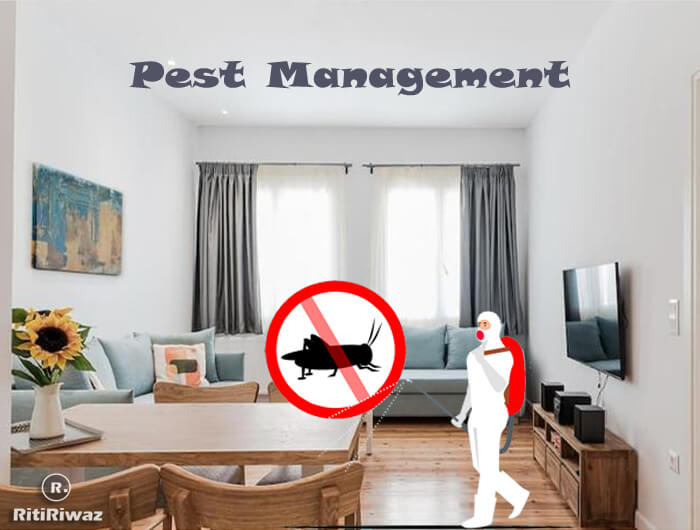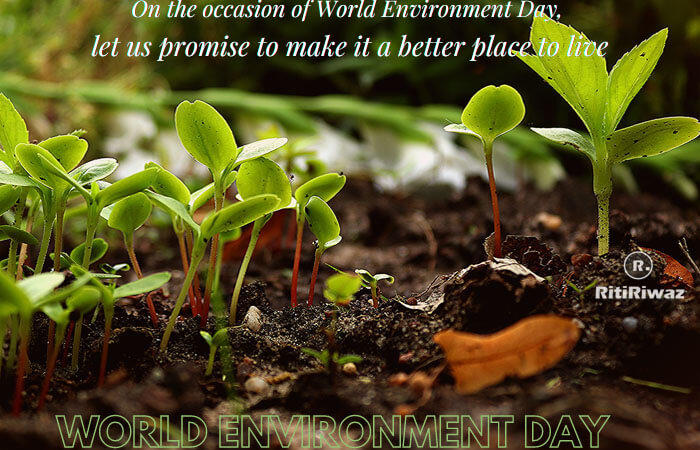Integrated Pest Management: A Property Manager’s Guide to Effective Strategies

Have you ever considered the impact of pests on your property’s value and the well-being of your tenants? As a property manager, you’re no stranger to the many responsibilities that come with maintaining a property, and pest management is certainly one of them.
Integrated Pest Management (IPM) is an effective strategy that combines multiple approaches to control pests responsibly and sustainably. It’s not just about immediate pest removal; it’s about long-term prevention and constant monitoring.
But how exactly does one implement an IPM plan, and what does it entail? Well, you’re about to find out.
Understanding Integrated Pest Management
In navigating the complexities of property management, it’s crucial to comprehend the principles of Integrated Pest Management (IPM), a proven, cost-effective strategy to combat pest problems without unnecessary pesticide use. You see, IPM isn’t just an apartment pest control method but a series of pest management evaluations, decisions and controls.
Here’s how it works. First, you’ll identify the pests infesting your property. It’s critical to know exactly what you’re dealing with because different pests require different control methods. Then, you’ll set action thresholds. This is the point at which pest populations or environmental conditions indicate that pest control action must be taken.
Next, you’ll monitor and identify pests continuously. Not all insects, weeds, and other living organisms require control. Some are innocent bystanders, and some may even be beneficial. So, careful identification is key. Lastly, you’ll employ control methods. These can be prevention, cultural practices, mechanical controls, or chemical controls.
Understanding and implementing IPM isn’t just about pest control. It’s about creating a safer, healthier environment for your tenants, your property, and the planet. So, get started with IPM today. It’s a smart move.
Spotting the Signs of Infestation
Having grasped the principles of IPM, you’re now equipped to tackle the next crucial step: recognizing the telltale signs of a pest infestation on your property.
You’ll need to keep a keen eye on common indicators. For instance, droppings or unusual odors may suggest the presence of rodents. You might notice gnaw marks on furniture or wires, another sign of a rodent problem. Insects, on the other hand, often leave behind traces like bite marks on plants, sawdust piles near wooden structures, or tiny discarded wings.
Physical evidence isn’t the only thing to look for. You should also monitor for changes in your property’s environment. Pests often affect the health and behavior of plants and animals within their vicinity. Unusually wilted plants, for example, could indicate a pest problem. Similarly, if your tenants report frequent skin irritations or allergies, it might be a sign of bedbugs or fleas.
Implementing an IPM Plan
Once you’ve identified potential signs of pest infestation, it’s time to put your IPM plan into action. This involves several key steps that, when executed properly, can mitigate the damage caused by pests and prevent further infestations.
First, you’ll need to identify the specific pests involved. This is crucial in determining the most effective treatment method. Your IPM plan should include strategies tailored to different pests, as what works for one may not work for another.
Next, consider the environmental factors that may be contributing to the infestation. Are there certain areas of your property that are particularly susceptible? Has there been a recent change in weather patterns? By understanding these factors, you can better tailor your IPM plan.
Now, it’s time to implement the chosen treatment methods. This may involve physical methods, like traps, or the use of pesticides. Remember, the goal is to use the least harmful methods possible while still effectively managing the pest problem.
Lastly, monitor the situation closely. This allows you to gauge the effectiveness of your IPM plan and make adjustments as necessary. Remember, IPM is a continuous process, not a one-time solution.
Long-term Prevention Measures
While it’s crucial to handle immediate threats, you shouldn’t overlook the importance of long-term prevention measures in your integrated pest management strategy. These measures can significantly reduce the likelihood of future pest infestations, saving you both time and resources in the long run.
Begin by identifying and eliminating potential pest entry points. Regularly inspect your property for cracks, holes, and other potential entrances. Pay special attention to areas around pipes, vents, and utility lines. These should be sealed up promptly to deny pests access.
Next, consider landscaping practices. Pests often thrive in overgrown vegetation, so maintain your property’s green spaces diligently. Prune bushes and trees that touch the building as they can serve as bridges for pests.
Proper waste management is equally crucial. Ensure garbage bins are sealed and regularly emptied, reducing the attraction for pests. Also, consider implementing a regular cleaning schedule to minimize food sources for pests.
Evaluating IPM Effectiveness
To gauge the success of your integrated pest management (IPM) strategy, it’s key to establish a robust evaluation system. This should encompass both quantitative and qualitative measures to provide a comprehensive view of your IPM’s effectiveness.
On the quantitative side, track the number of pests before and after implementing your IPM strategy. A significant reduction demonstrates that your IPM is working. Furthermore, monitor the frequency of pest sightings. If you’re seeing fewer pests over time, that’s another positive sign.
Qualitative measures, on the other hand, can include tenant feedback. Are they noticing fewer pests? Do they feel the pest situation has improved? Their perception can be an invaluable indicator of your IPM’s success.
Periodically reviewing and adjusting your IPM based on these measures is crucial. Not only does it help maintain effectiveness, but it also allows for adaptations to changing pest behaviors or circumstances.
Lastly, don’t forget to evaluate the cost-effectiveness of your IPM. While it’s essential to reduce pests, it’s equally important that your strategy is economically viable. By regularly assessing these aspects, you’ll ensure your IPM is both effective and efficient.
Conclusion
As a property manager, you’re armed with effective strategies for pest control thanks to Integrated Pest Management. You can spot signs of infestation, implement a thorough IPM plan, and establish long-term prevention measures.
And don’t forget to evaluate the effectiveness of your IPM system regularly. Remember, successful pest management isn’t just about eliminating pests, it’s about maintaining a healthy, pest-free environment for everyone.
Stay observant, proactive, and consistent in your efforts!
Suggested Read: Healthcare Revolution






